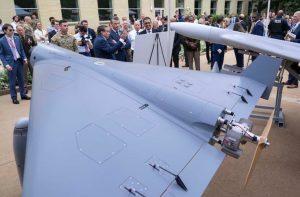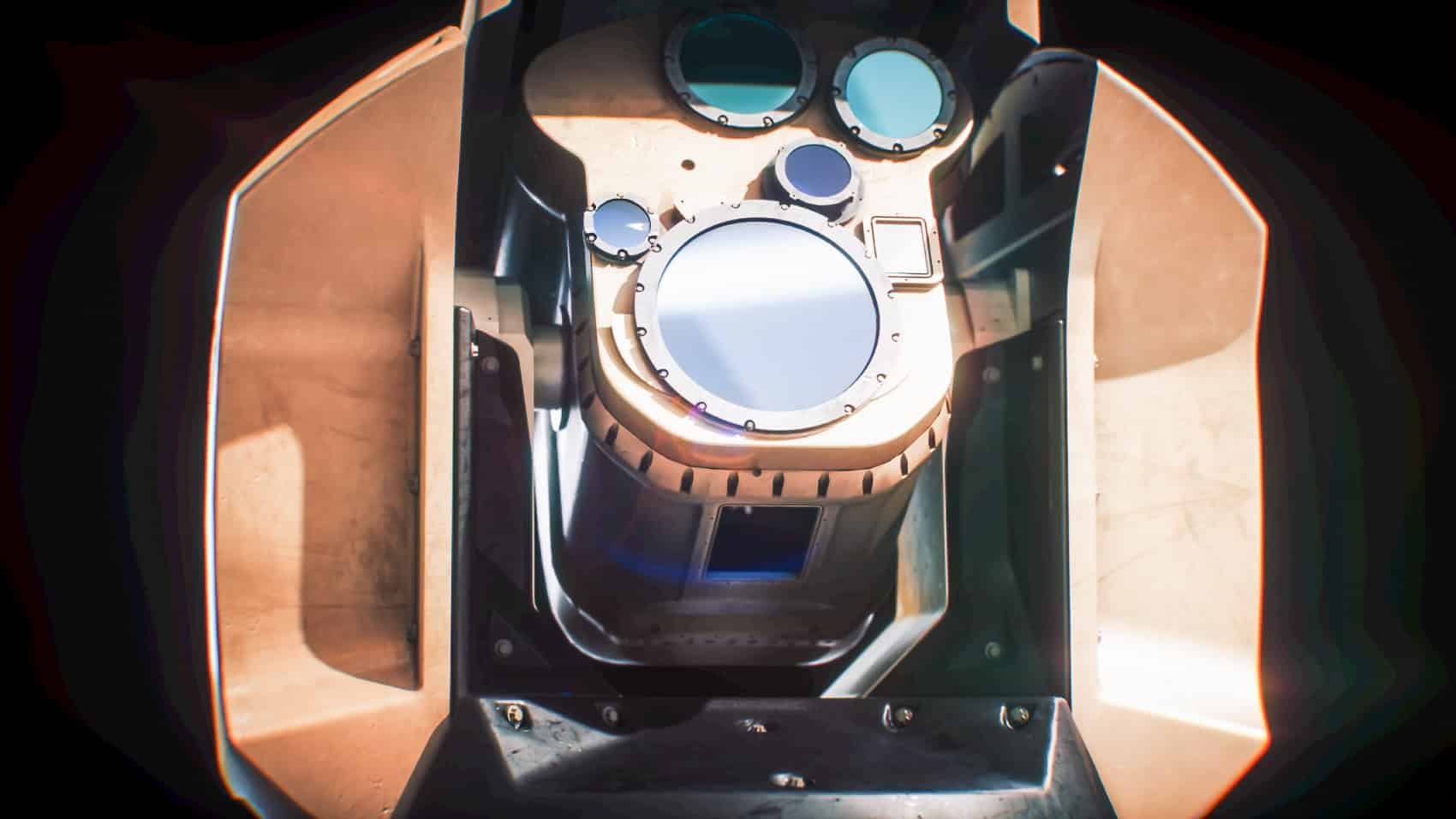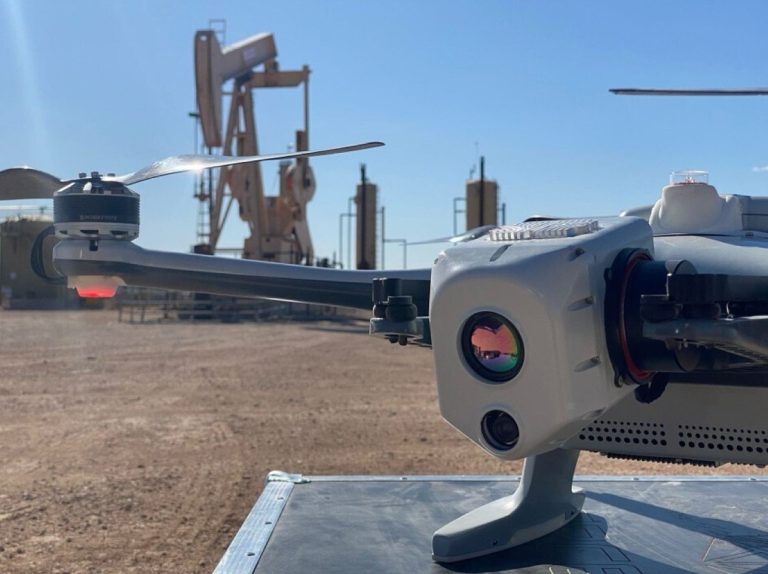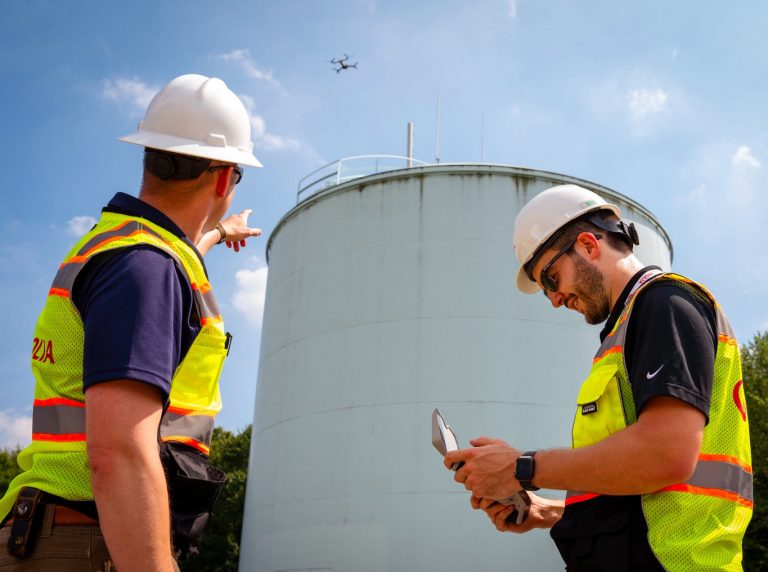Israel has achieved a significant milestone in military technology by successfully deploying a high-powered laser system, known as Iron Beam or Magen Or, to neutralize Hezbollah drones during the ongoing Middle East conflict.
This marked the world’s first operational use of a laser weapon to shoot down drones in combat, with the interim version of Iron Beam making its debut in October 2024. Developed through a collaboration between the Israel Defense Forces (IDF), the Israeli Air Force (IAF), and defense contractor Rafael Advanced Defense Systems, the system was fast-tracked to counter escalating aerial threats.
The Combat Debut of Iron Beam
The IDF reported that prototypes of this directed-energy weapon intercepted “scores of enemy threats,” primarily drones, showcasing its potential to reshape air defense strategies.
The Iron Beam system, in its interim form, was a scaled-down version of the definitive model, which is expected to be fully deployed by the IDF later in 2025. While specifics about the interim system’s configuration remain limited, its success in real-world combat scenarios underscores Israel’s leadership in laser-based defense technology.
The system’s ability to engage low-cost, high-volume threats like drones and rockets offers a cost-effective alternative to traditional missile-based systems such as the Iron Dome, which relies on expensive Tamir interceptors.

Technical Capabilities and Strategic Importance
Iron Beam is a trailer-mounted, high-energy laser system designed to destroy a range of aerial threats, including drones, rockets, mortars, and unmanned aerial vehicles (UAVs). Operating at 100-150 kW, the solid-state laser delivers precise, heat-based destruction, capable of burning through targets with pinpoint accuracy.
In tests conducted in 2022, the system demonstrated its effectiveness against shrapnel, rockets, anti-tank missiles, and drones under challenging conditions. The Israeli Ministry of Defense highlighted its operational success, noting that Israel is among the first nations to develop and deploy such advanced laser technology.

The strategic importance of Iron Beam lies in its economic and operational advantages. Unlike the Iron Dome, which uses Tamir interceptors costing approximately $50,000 per shot, Iron Beam can engage targets at a fraction of the cost—estimated at $2.50 to $3.50 per shot, or cheaper than a hamburguer combo in any McDonalds around the planet.
This is particularly critical given the scale of threats Israel faces, with adversaries like Hezbollah possessing arsenals of up to 130,000 rockets, missiles, and mortar shells, alongside growing numbers of Iranian-supplied drones.
However, laser systems like Iron Beam have limitations, including reduced effectiveness in adverse weather and thermal constraints that limit successive shots. As a result, it is designed to complement, rather than replace, kinetic systems like Iron Dome.
Global Implications and Future Developments
Israel’s deployment of Iron Beam represents a significant leap in the global race to develop laser-based air defense systems. Other nations, including Saudi Arabia, the United Arab Emirates, and the United States, are also investing heavily in directed-energy weapons to counter the rising threat of drones and missiles.
The U.S., for instance, has tested systems like the AN/SEQ-3 Laser Weapon System, while the U.K. is developing its DragonFire laser. Israel’s combat-proven technology, however, sets a new benchmark, with plans to integrate similar systems on aircraft and warships, further expanding their operational scope.
The introduction of Iron Beam into active combat is a pivotal moment, not only for Israel but for the global defense landscape. From a technological perspective, this achievement highlights the potential of directed-energy weapons to address the growing challenge of low-cost, high-volume aerial threats. Historically, military advancements often pave the way for civilian applications, and laser technology is no exception. The precision and efficiency of systems like Iron Beam could eventually influence sectors such as aerospace, telecommunications, and industrial manufacturing, where high-energy lasers are used for cutting, welding, and remote sensing.
In my view, the successful combat use of Iron Beam is not only a great step in defense technology, with far-reaching implications for the tech world. The ability to neutralize threats at a minimal cost could reduce reliance on expensive missile-based systems, freeing up resources for innovation in other areas, and Israel knows that.
Moreover, the development of compact, mobile laser systems, as seen with Rafael’s Lite Beam and Iron Beam-M, suggests a future where such technologies could be adapted for civilian purposes, such as protecting critical infrastructure or enabling advanced manufacturing processes.
But not only this, because as military laser technology matures, its eventual transition to civilian applications will likely drive breakthroughs in precision, efficiency, and sustainability, continuing the long-standing trend of military innovations shaping the broader technological landscape. This is a great advance and I TRUST that from one side or another can and will be used for the advance of the humanity.
Images courtesy of Rafael Advanced Defense Systems
Discover more from DroneXL.co
Subscribe to get the latest posts sent to your email.





















+ There are no comments
Add yours